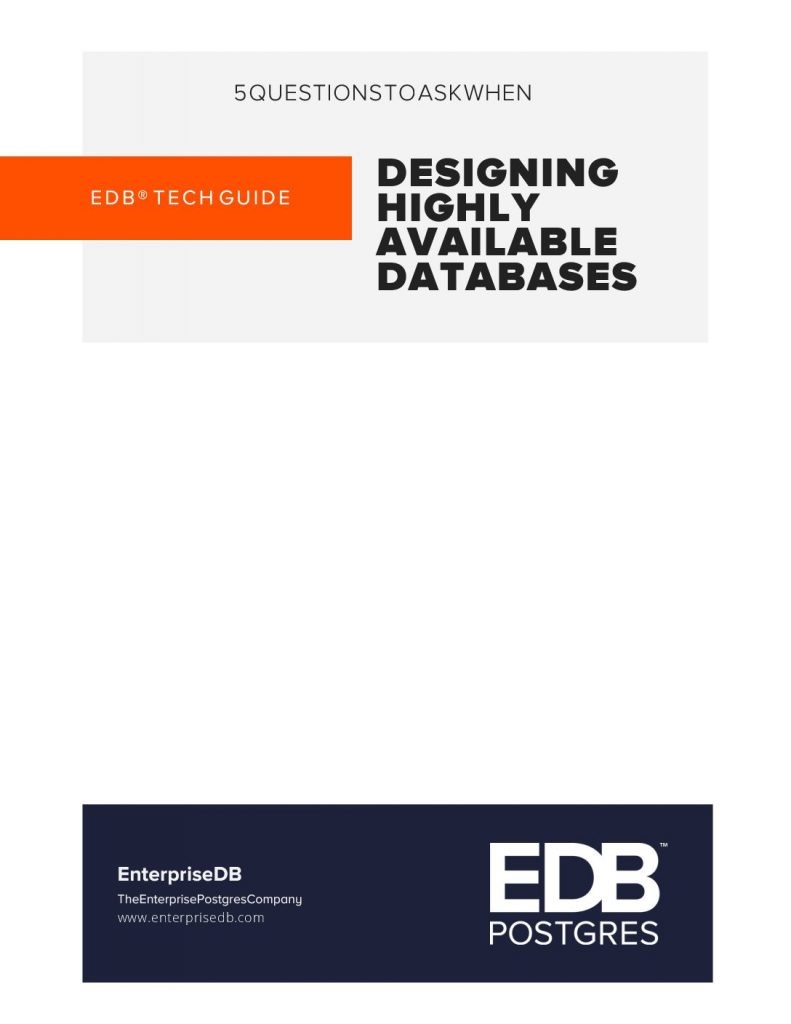High availability databases are essential to organizations depending on mission-critical, 24/7 access. The use cases of a highly available database may vary between a financial services organization or a telecommunications provider, but the desired result is the same: an incredibly reliable database that minimizes downtime. Organizations often strive for availability down to the decimal point as a percentage of uptime in a given year, such as four nines (99.99 percent availability). Every second of downtime can translate to lost revenue, or worse.
With an estimated average downtime cost of $5,600 per minute, a highly available database can help ensure a power outage or system failure doesn’t result in thousands upon thousands of dollars of losses. But before your database can deliver high availability with minimal downtime, it’s crucial to understand the underlying needs and requirements of your database operations. Without the proper infrastructure in place, delivering high availability can become incredibly difficult and expensive.
If you’re tasked with designing a highly available database, we detail five questions you need to consider before taking action.






